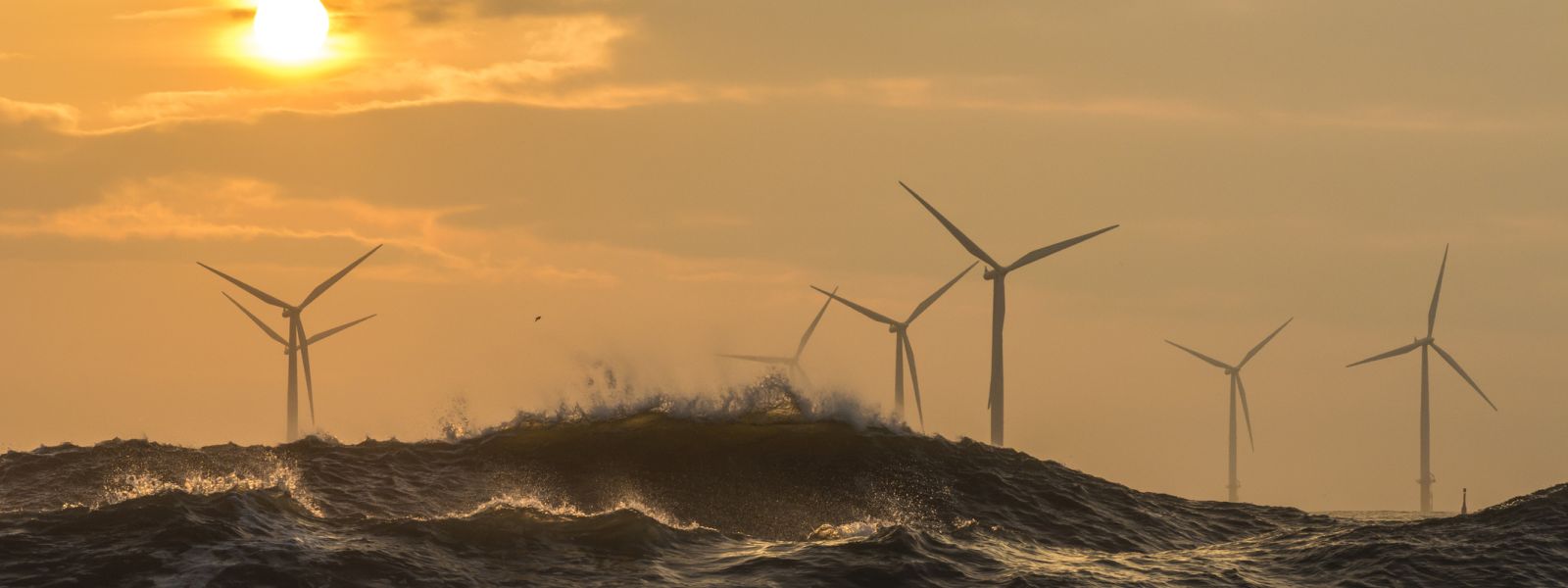
[ad_1]

A new guide detailing all of the technologies that can help to decarbonise the UK energy system and achieve net zero has been produced by researchers from the University of Strathclyde.
The easy-to-follow Energy technologies for net zero guide, published by the Institution of Energy and Technology (IET), is intended to help the public, policy makers and anyone invested in transitioning to a low-carbon future, understand the options and technologies available.
Dr James Dixon, a post-doctoral researcher at Strathclyde and lead author of the guide, said: “All paths to Net Zero rely on substantial changes in technology and the way we use energy. More optimism in what technology can achieve and how cheaply it can do it reduces – but never eliminates – the need to change how we do things. On the other hand, the more we can bring down our energy demand, the less we are dependent on technological innovation. In other words, it de-risks the transition.”
Decarbonised energy
The guide also gives a unique comparative analysis of a set of seven net zero pathways to uncover what our decarbonised energy system – both supply and demand – in 2050 is likely to look like.
The A-Z guide covers every main Net Zero energy technology from how energy can be produced from sustainable and renewable sources, to how it can be used via low-carbon travel choices and how homes are heated.
Keith Bell, a professor of energy systems at Strathclyde and co-author, added: “The fantastic reductions in the cost of energy from electricity produced from wind and solar and the efficiencies of things like electric vehicles and heat pumps mean that much greater reliance on renewables in future makes a huge amount of sense. However, it also raises challenges around the variability of wind and solar and the need for energy storage and flexibility of demand.
“The Government’s Net Zero Strategy, launched this week, shows there is still a lot of work to do across many sectors. However, it’s a welcome statement of intent and it’s good to see acknowledgements of the importance of things like long-term energy storage and action on heating in buildings.
Whilst it is clear these technologies are fundamental, there is still an active part society at large needs to play in making low-carbon choices in our everyday lives. If people, policy makers and businesses understand the various options and why they’re needed, we will get greater support for a fast and fair transition to Net Zero.
Good understanding
Simon Edwards, Director of Governance and External Engagement at the IET, said: “The transition to Net Zero will rely on people and technology. It is vital that everyone has a good understanding of how technology can make that happen, what the options are and how they work.
“Technology enables us to dramatically reduce our dependence on fossil fuels by changing where our energy comes from and how we use it. However, there is a wide range of technologies that might be used and big decisions on the energy transition from policy makers still to come. This guide is intended to give the key facts, so everyone can become more informed about the decisions they make, as well as the pathways the UK Government and industry may take, to reach a low carbon future.”
The IET’s Energy technologies for net zero guide is available for download here.
[ad_2]
Source link